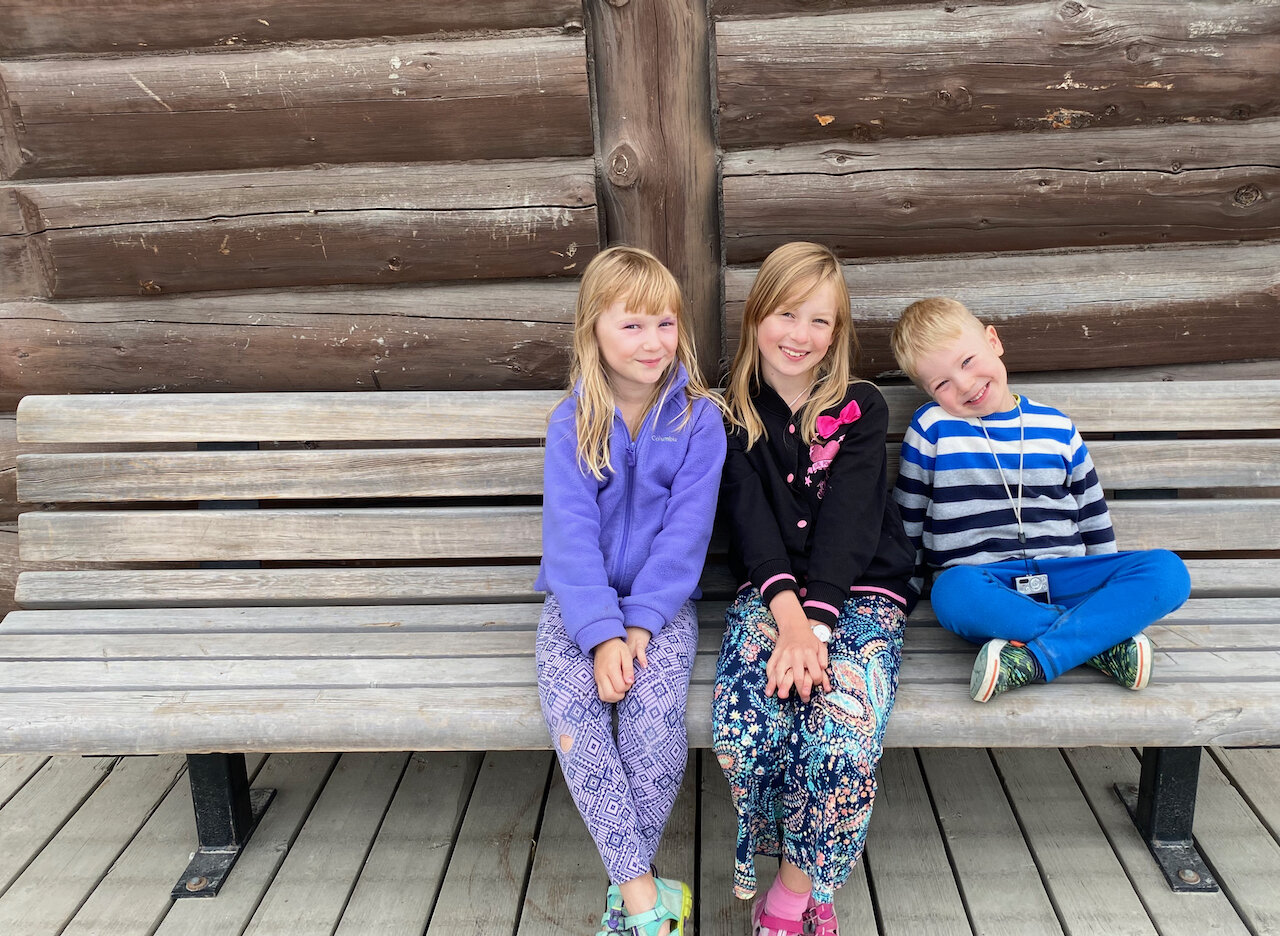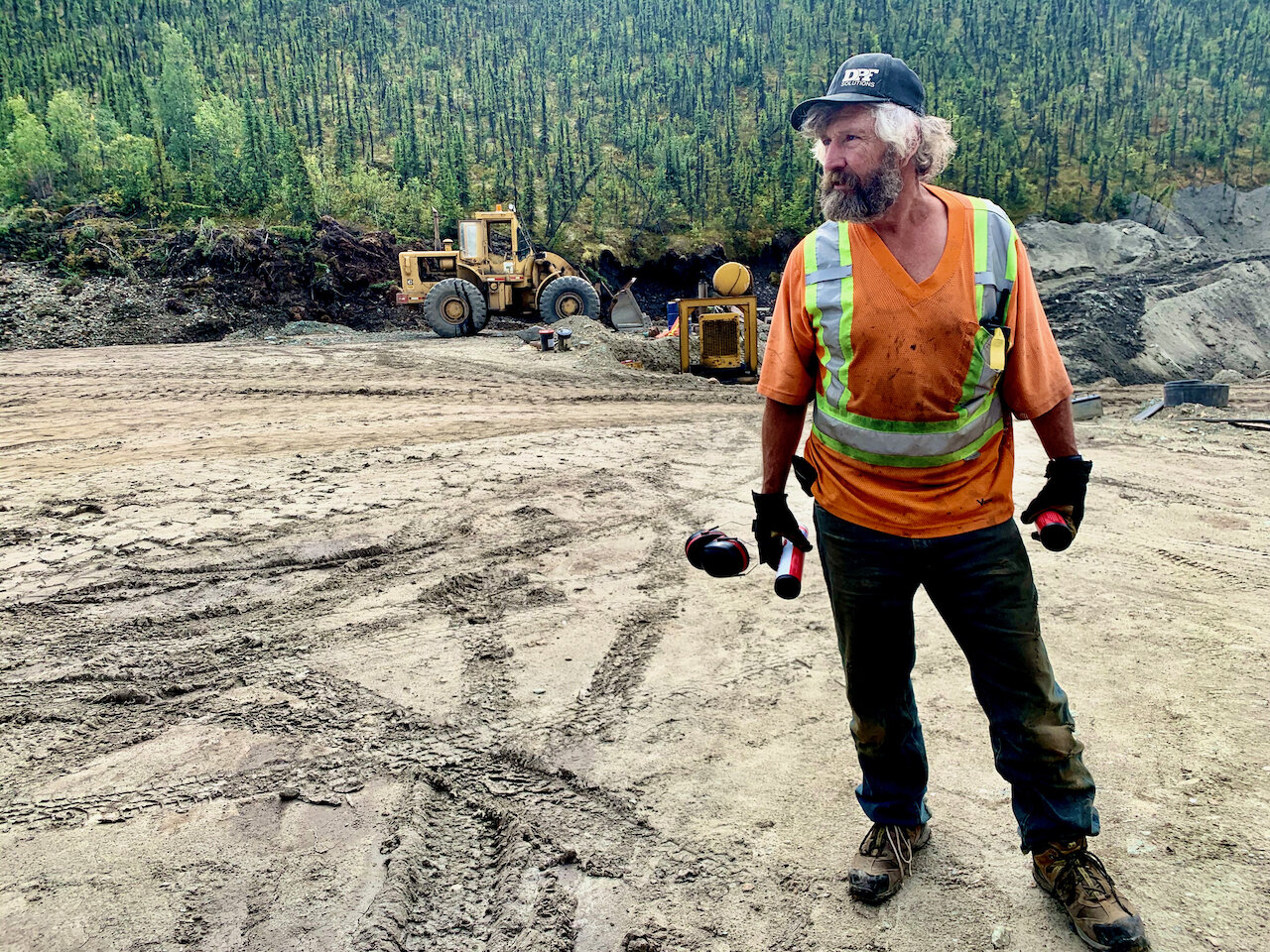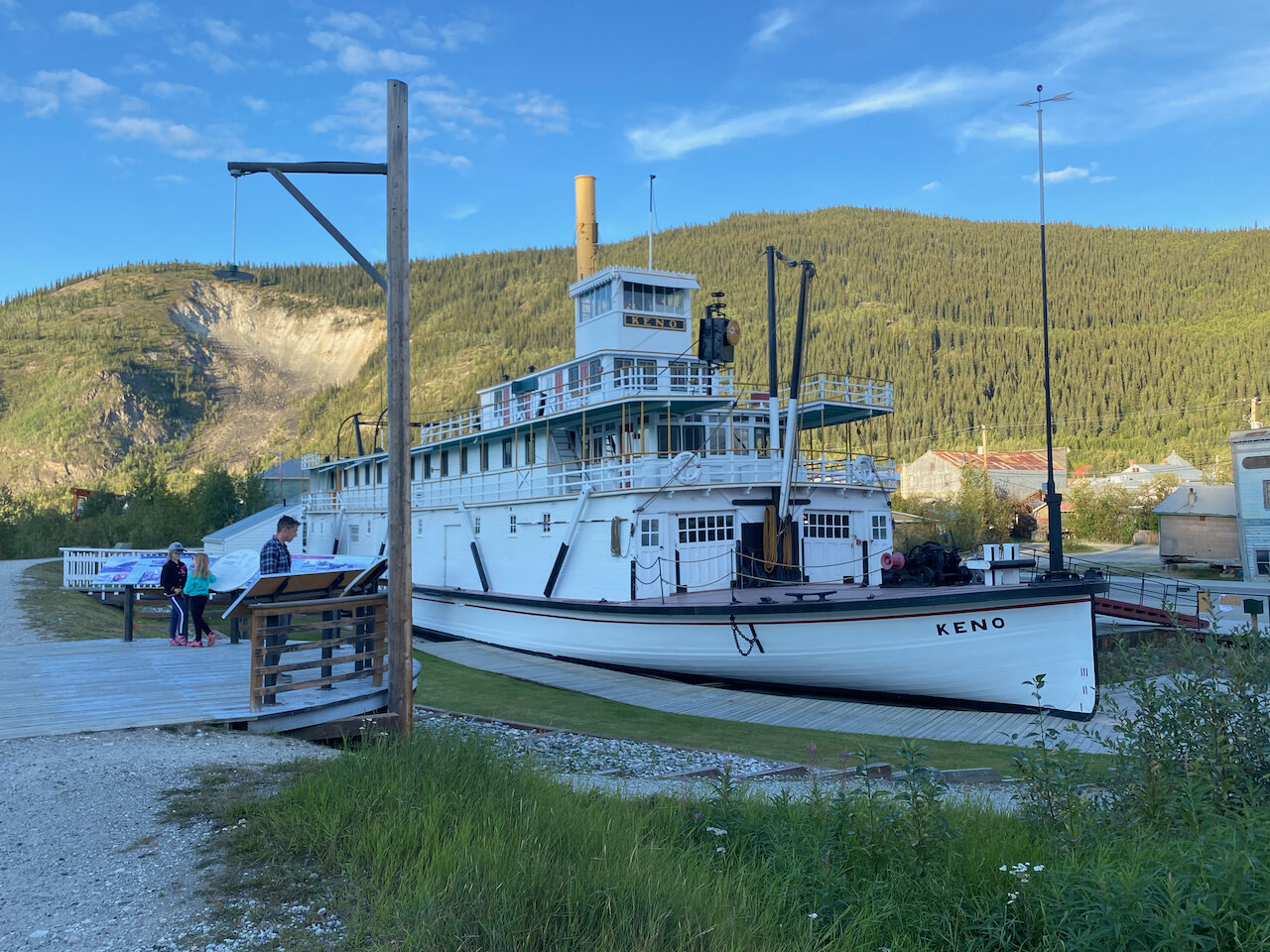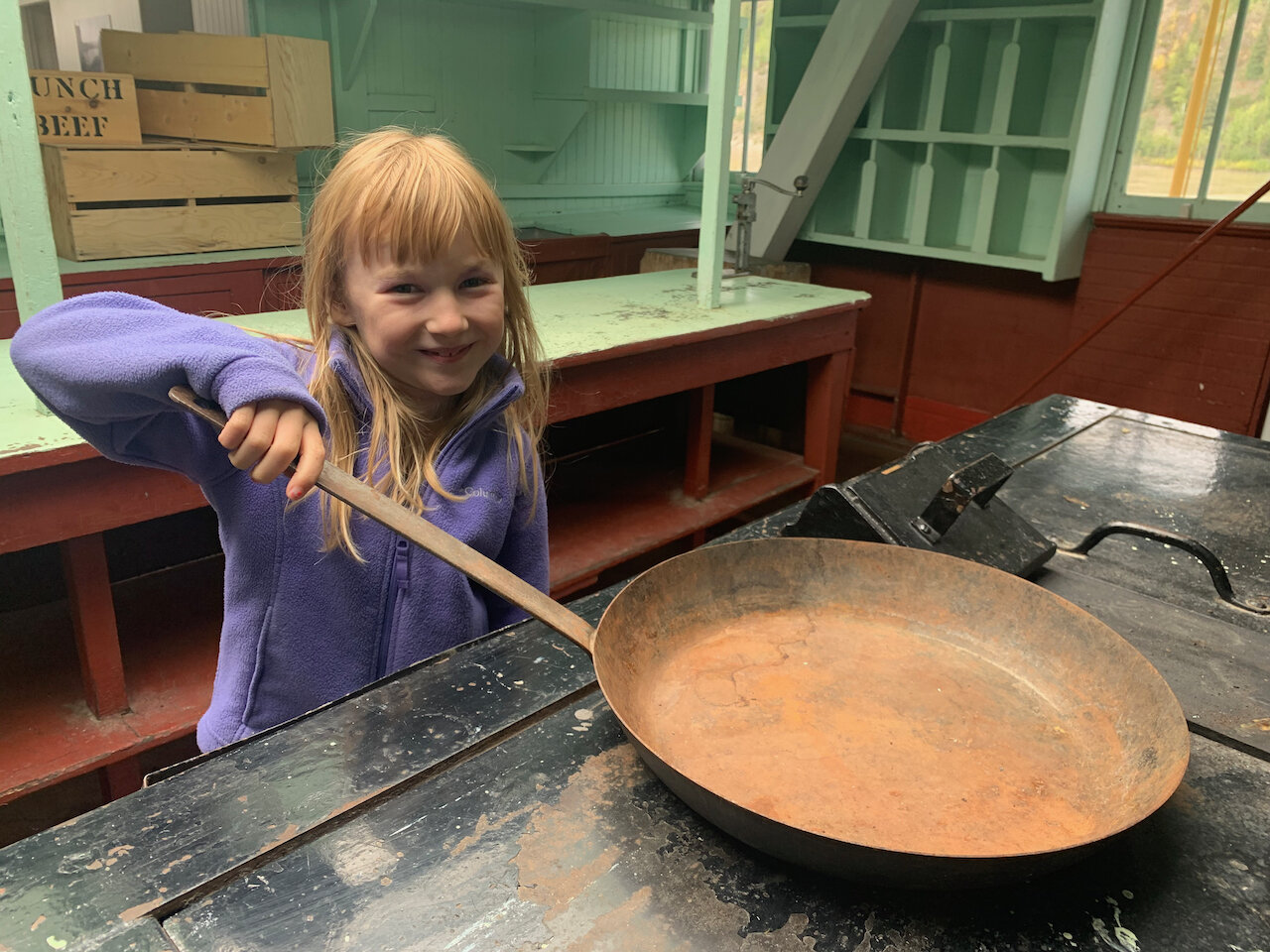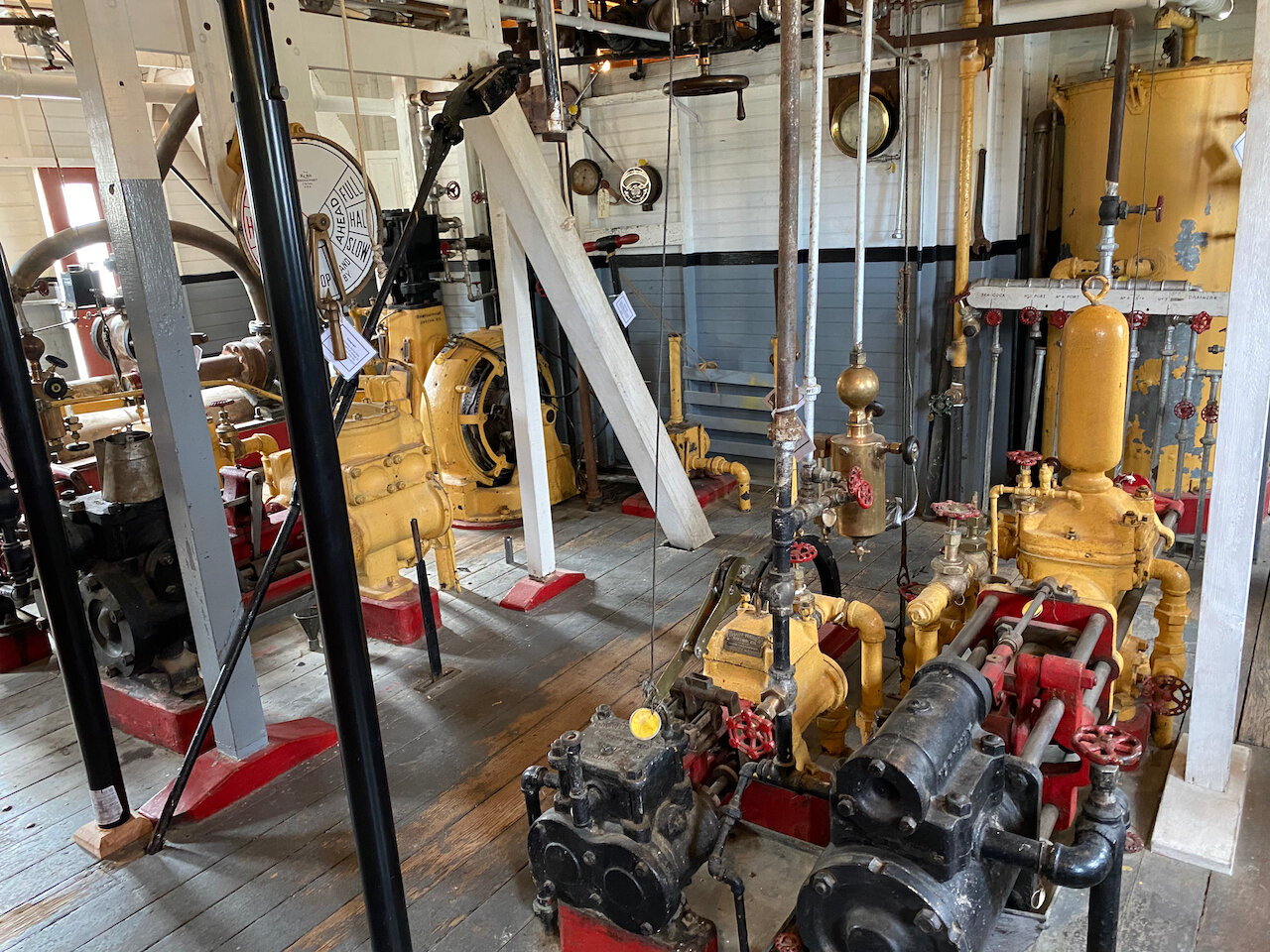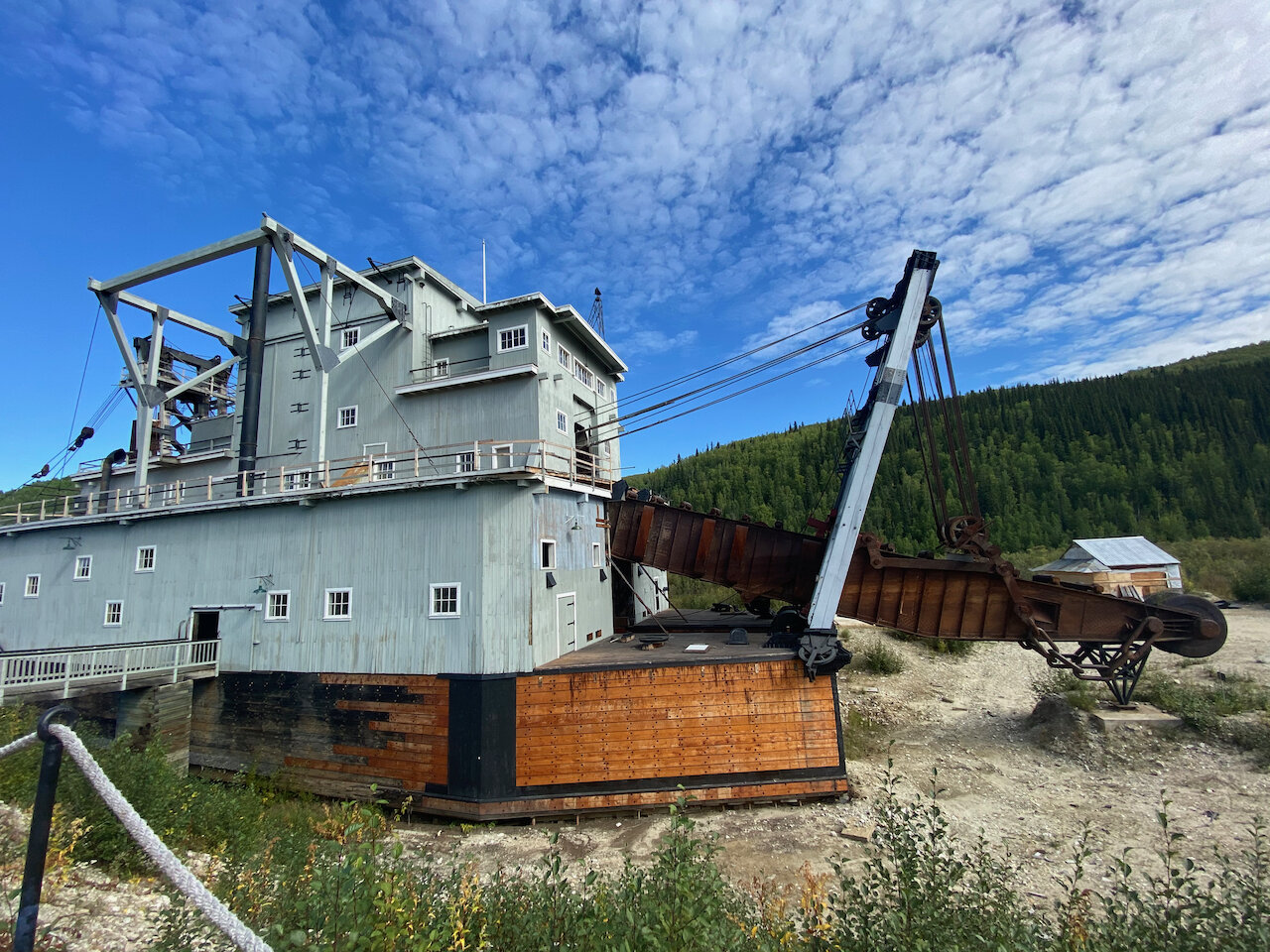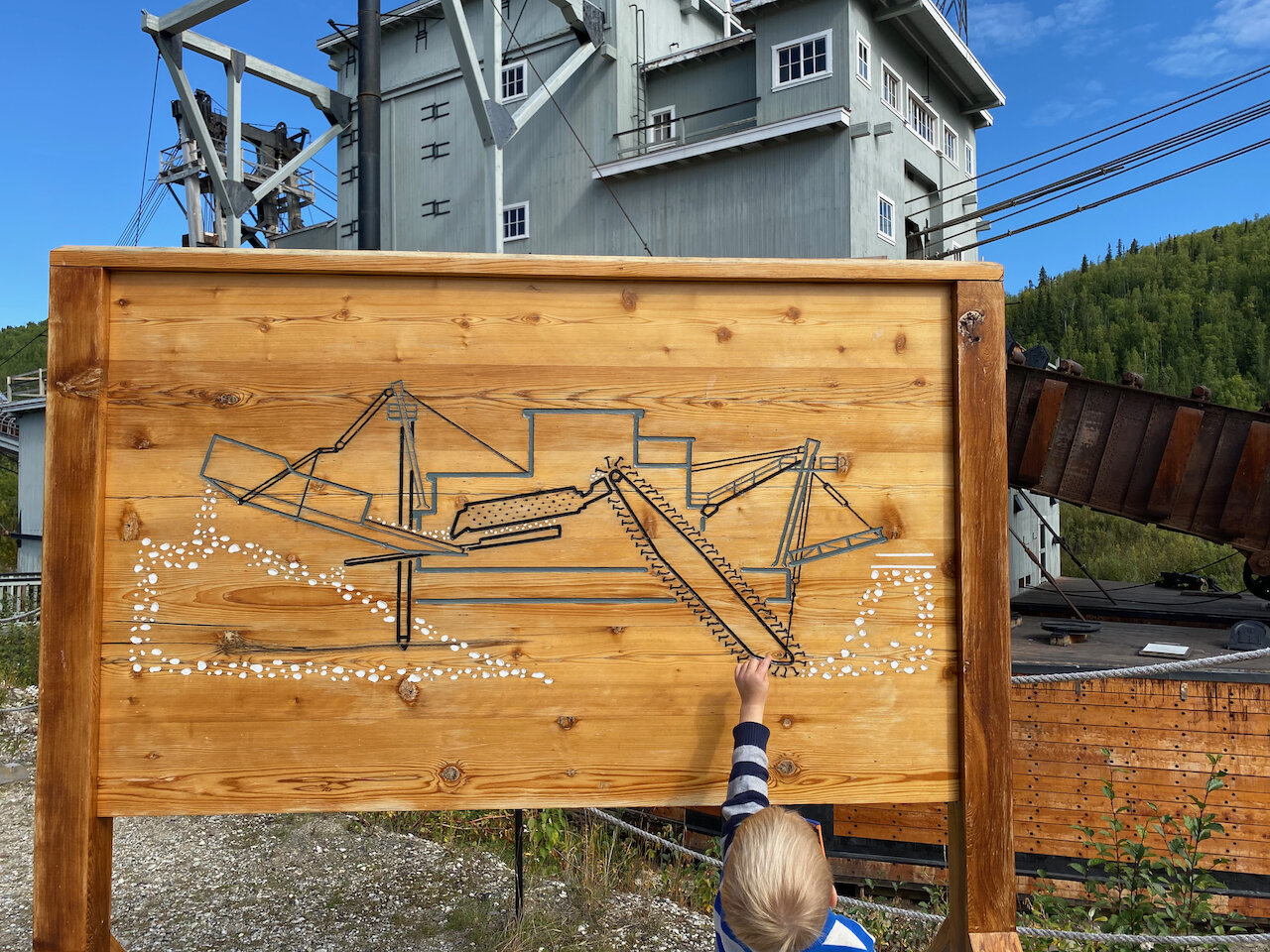450km north from Whitehorse, along the Klondike Highway is Dawson City. Known mostly as the place to find gold during the Gold Rush of the late 1800s, Dawson City is still standing and supporting placer gold mining operations as well as tourism, forestry, conservation, and other mining industries. The town has retained its authentic 1900s façade and has maintained over 20 heritage sites within the town.
Once our self-isolation time was over, we headed north to Dawson along the Klondike Highway which was undergoing some significant construction (which is pretty typical, we’re told!). Our planned 5 hr drive-day turned into 10 hrs and we had to be strategic about fuel stops as a number of options were closed due to COVID. One gas stop we made was at the tired Braeburn Lodge, famous for being a stop on the Yukon Quest dogsled race, as well as their massive cinnamon buns. One bun was big enough for the five of us!
We rolled into the City during Discovery Weekend – a Yukon holiday that celebrates the day of the original gold discovery by George Carmack, Skookum Jim, and Dawson Charlie in 1896. A banner stretched across the highway announced the holiday. The wooden sidewalks were alive with folks enjoying the sun, and we noticed a line of people, properly spaced, waiting to enter Diamond Tooth Gertie’s: a bar and casino that hosts a can-can dance show. Once we were set up at our campsite, in the heart of the town, we were informed that many activities were taking place that weekend in celebration. The can-can show was performing only two nights and had been closed for COVID, but allowed to open for the weekend. This venue was limited to 110 patrons when it would usually holds 400. Erik waited in line for a couple hours, but didn’t manage to get in to take in the show.
As the weekend came to a close, it was obvious to us that the town was much quieter than usual. Hotels were closed for the season. The campground was only ¼ its capacity. Campgrounds outside the town limits were very sparsely filled. The wide, wooden sidewalks were nearly empty. The town’s patios were only half filled. My heart ached for business owners who rely on the tourists’ dollars over such a short summer tourist season.
We stopped at a booth on the main drag, in search of a gold mining experience. Goldbottom Tours was offering a visit to an active placer gold mine along with a great tour describing how mining has evolved over the years. Our guide informed us that she lets her guests pan for gold using the site’s pay dirt. We’re in!
I’ll write about what we learned and experienced in a separate blog.
Our second full day was spent on two Parks Canada tours: the S.S. KENO and Dredge #4. The S.S KENO was a great attraction for a number of reasons. First, it taught us about a means of transportation about which I had never known. Second, the guide spent time talking about the significance of these stern wheelers to the region and what their existence enabled. It gave us a sense of how life must have been like and how isolating it may have felt. Third, she shared how the history continues to shape the town and how the residents feel tied to the river and the seasons. Every spring there is a lottery where residents can bet on the date and time they believe the river ice will break up. They place a wooden tripod in the middle of the frozen river and tie it to a lever on the shore. When the tripod flows away enough to pull the lever, that becomes the official date and time of the river breakup. It typically happens in mid-May. When sternwheelers were the main means of resupply (food and people), seeing the river break up meant that boats would soon arrive. The town was abuzz with anticipation, thus the reason for continuing to celebrate the official breaking of the river.
We quite enjoyed our visit to Dawson. We didn’t get to kiss a toe (or is it drink a sour toe?) as the establishment was closed, and we are aware that our experience here is different from any summer season to date. The history of what happened in this part of our country is almost unbelievable when you factor into the conversation just how tough it would have been to physically arrive in the town. Erik and I listened to Call of the Wild on our drive up from Whitehorse and it gave us a glimpse of how a dog sled trip would have been, at least from the dog’s perspective, painting a picture of the rugged, and dangerous, terrain. At its height, Dawson City had 22 avenues stretching up the side of the hill away from the river. Today, it has about 9. The trees lining the hill had all been cut down and used to build homes and sidewalks and horse corals and used for heat and for cooking fires. Today, the hill is a lush pine forest once again with hiking trails leading up to the midnight dome that overlooks the valley and the numerous rivers flowing together. It’s beautiful and rugged and full of stories of times past.

